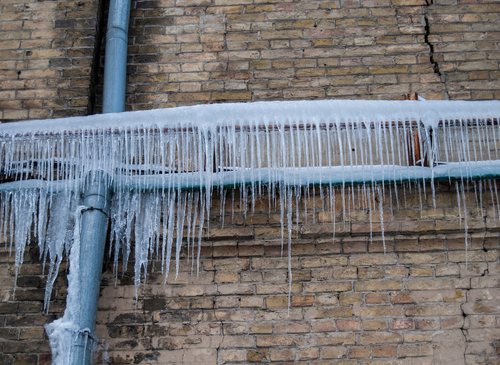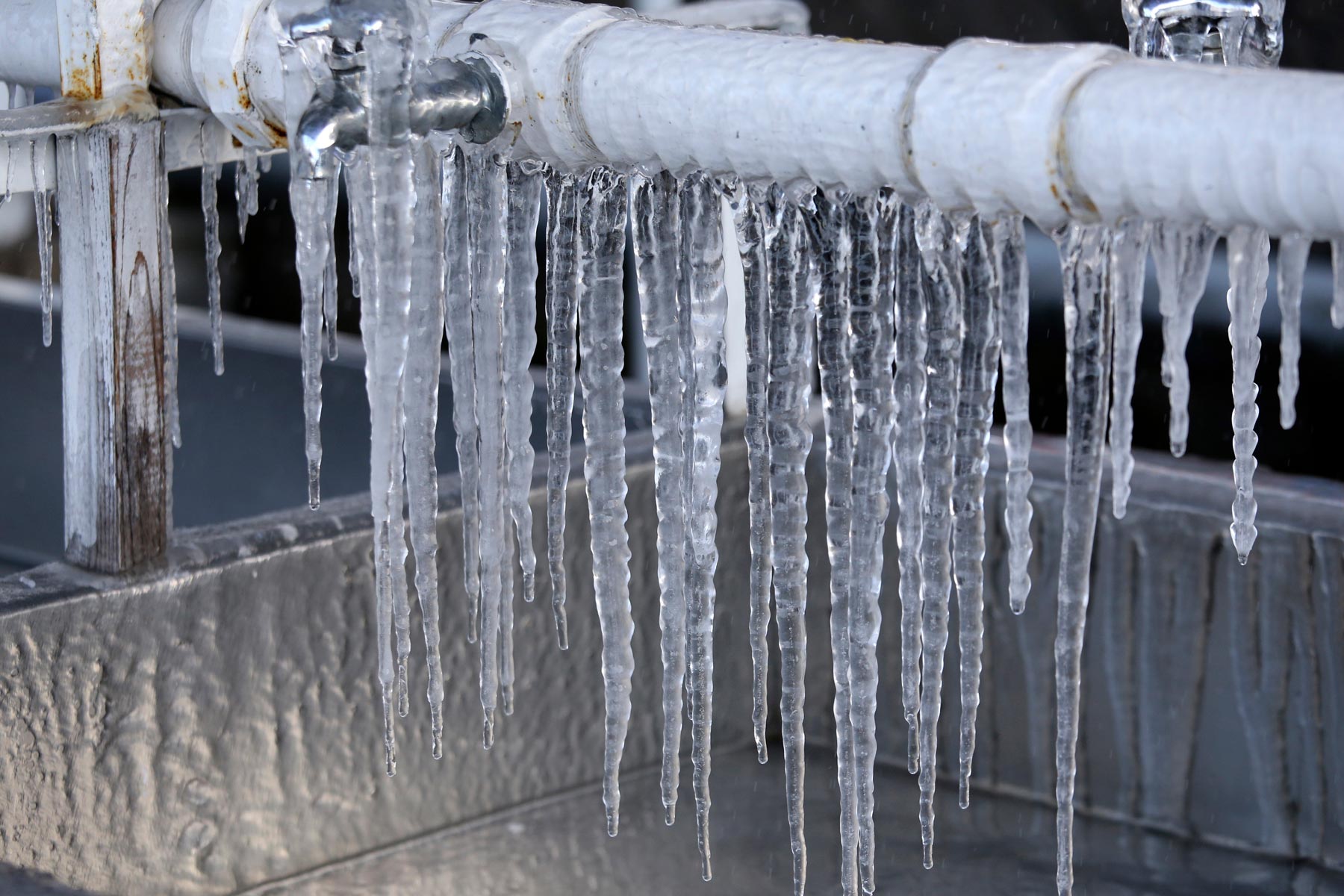Ways to Keep Your Pipes from Cold Weather Issues: Crucial Advice
Ways to Keep Your Pipes from Cold Weather Issues: Crucial Advice
Blog Article
Are you trying to locate details on How to Prevent Your Pipes From Freezing?

Winter can wreak havoc on your plumbing, particularly by freezing pipes. Right here's exactly how to prevent it from occurring and what to do if it does.
Intro
As temperature levels decline, the threat of frozen pipes rises, potentially resulting in expensive fixings and water damages. Understanding how to stop icy pipes is crucial for homeowners in cool environments.
Prevention Tips
Insulating susceptible pipelines
Wrap pipes in insulation sleeves or make use of warm tape to protect them from freezing temperatures. Focus on pipelines in unheated or outside areas of the home.
Heating strategies
Keep interior spaces adequately heated up, specifically locations with plumbing. Open up cupboard doors to enable cozy air to distribute around pipelines under sinks.
How to recognize frozen pipelines
Seek lowered water circulation from taps, uncommon smells or noises from pipes, and noticeable frost on revealed pipes.
Long-Term Solutions
Structural adjustments
Consider rerouting pipelines far from outside walls or unheated locations. Add additional insulation to attics, cellars, and crawl spaces.
Upgrading insulation
Invest in premium insulation for pipelines, attic rooms, and wall surfaces. Proper insulation aids maintain regular temperatures and reduces the threat of icy pipes.
Safeguarding Outside Pipes
Yard hoses and exterior faucets
Disconnect and drain pipes garden hose pipes before wintertime. Set up frost-proof faucets or cover outside taps with insulated caps.
Recognizing Frozen Pipes
What triggers pipes to freeze?
Pipes ice up when revealed to temperature levels listed below 32 ° F (0 ° C) for prolonged periods. As water inside the pipes ices up, it increases, putting pressure on the pipeline wall surfaces and possibly triggering them to rupture.
Risks and problems
Icy pipelines can cause water disruptions, residential or commercial property damages, and pricey fixings. Ruptured pipelines can flood homes and cause substantial structural damage.
Signs of Frozen Pipes
Identifying frozen pipelines early can avoid them from breaking.
What to Do If Your Pipelines Freeze
Immediate activities to take
If you believe frozen pipelines, maintain faucets available to soothe stress as the ice thaws. Utilize a hairdryer or towels taken in hot water to thaw pipelines gradually.
Verdict
Protecting against icy pipelines calls for positive steps and quick responses. By recognizing the reasons, indications, and preventive measures, property owners can protect their plumbing throughout winter.
6 Proven Ways to Prevent Frozen Pipes and Protect Your Home
Disconnect and Drain Garden Hoses
Before winter arrives, start by disconnecting your garden hoses and draining any remaining water. Close the shut-off valves that supply outdoor hose bibs and leave the outdoor faucet open to allow any residual water to drain. For extra protection, consider using faucet covers throughout the colder months. It’s also important to drain water from any sprinkler supply lines following the manufacturer’s directions.
Insulate Exposed Pipes
Insulating your pipes is an effective way to prevent freezing. Pipe insulation is readily available at home improvement stores and is relatively inexpensive. Pay close attention to pipes in unheated areas such as the attic, basement, crawl spaces, or garage. Apply foam insulation generously to create a buffer against the cold. You can also wrap your pipes in heat tape or thermostat-controlled heat cables for added warmth.
Seal Air Leaks
Inspect your home for any cracks or openings that could let in cold air. Seal any holes around the piping in interior or exterior walls, as well as the sill plates where your home rests on its foundation. Additionally, make sure to keep your garage door closed unless you’re entering or exiting. Leaving it open creates a significant air leak that can lead to frozen pipes.
Allow Warm Air Circulation
During cold snaps, it’s essential to allow warm air to circulate evenly throughout your home. Leave interior doors ajar to promote better airflow. Open kitchen and bathroom cabinets to help distribute heat consistently around the rooms. If you have small children or pets, be sure to remove any household chemicals or potentially harmful cleaners from open cabinets for safety.
Let Faucets Drip
A small trickle of water can make a big difference in preventing ice formation inside your pipes. When temperatures drop significantly, start a drip of water from all faucets served by exposed pipes. This continuous flow helps prevent the water from freezing. Additionally, running a few faucets slightly can relieve pressure inside the pipes, reducing the chances of a rupture if the water inside does freeze.
https://choateshvac.com/6-proven-ways-to-prevent-frozen-pipes-and-protect-your-home/

We had been made aware of that article about Winter Plumbing Precautions: Preventing Frozen Pipes from a pal on our other web blog. In case you liked our article if you please don't forget to share it. Many thanks for your time spent reading it.
Call Us Today Report this page